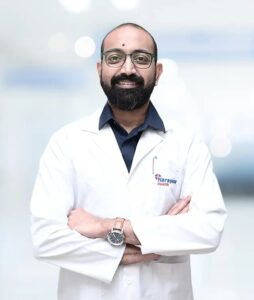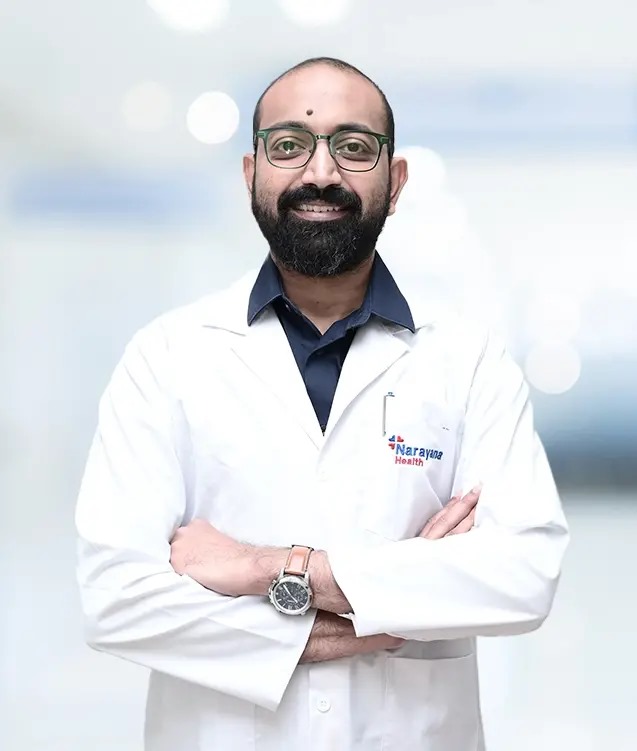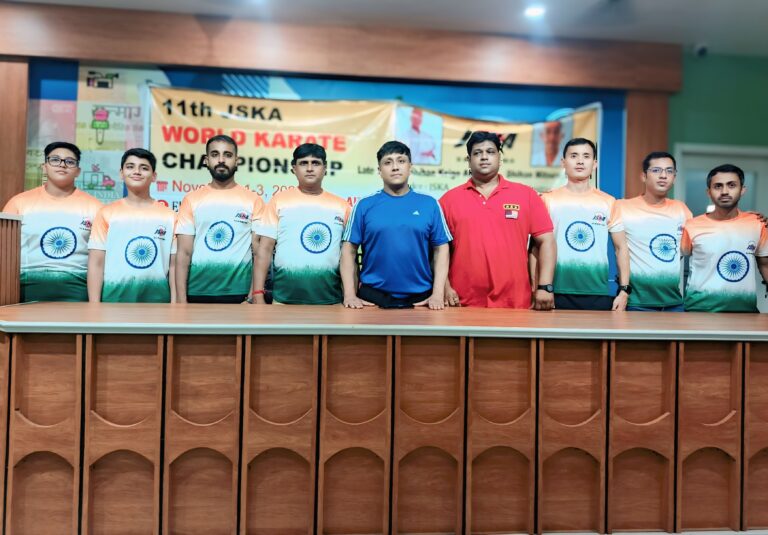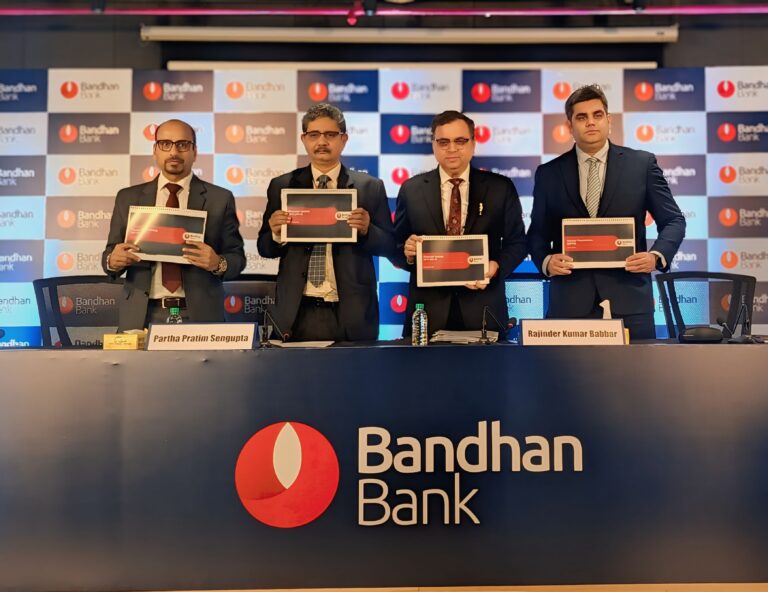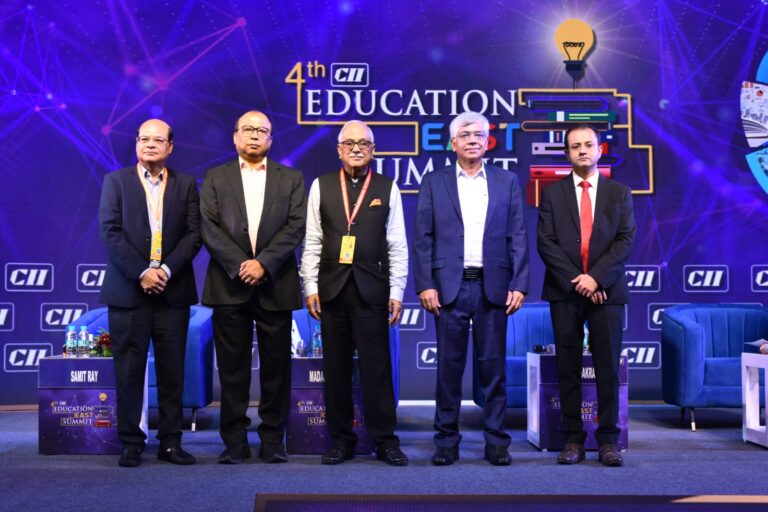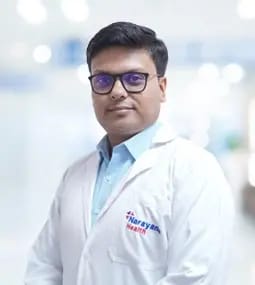
By Dr. Kinjal Shankar Majumdar, MS, M.Ch. – Consultant, Head & Neck Onco Surgery, Narayana RN Tagore Hospital, Mukundapur, Kolkata
Kolkata, 16 July 2025:
In India’s ever-evolving health landscape, a silent epidemic continues to devastate lives head and neck cancer. Ranking as the second most common cancer in the country, just behind breast cancer, its grip extends across every stratum of society, from urban city dwellers to remote village populations.
Every year, over 2 lakh new cases are diagnosed nationwide. Kolkata alone witnesses nearly 1,000 new cases annually — a sobering figure that underscores the scale of this crisis.
This disease targets the most fundamental human faculties speech, swallowing, breathing attacking regions like the mouth, throat, neck, nose, thyroid, and salivary glands, even altering the face, the cornerstone of our identity. And treating these cancers is far from straightforward. Due to the intricate anatomy of this region, surgical interventions go beyond tumor removal they demand precision reconstruction and delicate rehabilitation, balancing survival with dignity and quality of life.
Tobacco: The Chief Enemy
The undeniable villain in this health crisis is tobacco smoked or chewed. Products like gutkha and khaini are especially rampant among lower-income groups, while smoking transcends all economic boundaries. In eastern and northern India, this has resulted in a surge of oral cancers, which now account for 45% of all head and neck cancers, according to leading cancer centers in Kolkata.
Diagnosed Too Late, Too Often
What makes this battle even more tragic is that 60–70% of patients in Kolkata present at an advanced stage. This mirrors the national average and paints a grim picture of low awareness, social stigma, and poor access to early screening. By the time patients seek help, the cancer is often harder and costlier to treat.
Kolkata: A Beacon of Hope
Despite the alarming statistics, Kolkata is also a hub of hope and healing. The city boasts some of India’s most advanced cancer care facilities, where specialized head and neck surgeons collaborate in multidisciplinary teams. Their mission: to save lives and preserve the very essence of what makes us human our voice, our smile, our ability to eat, breathe, and communicate.
Innovative techniques like robotic surgery, laser surgery, and other minimally invasive methods are revolutionizing treatment outcomes, reducing pain, recovery time, and complications.
Prevention: The Most Powerful Weapon
Yet, perhaps the most potent tool in our arsenal lies outside the hospital walls in prevention. A tobacco-free lifestyle, moderation in alcohol consumption, maintaining oral hygiene, and sun protection can drastically reduce the risk of developing these cancers.
And above all — early detection saves lives.
Regular screenings, public education campaigns, and community-level initiatives are urgently needed to shift the narrative from reactive treatment to proactive prevention.
The Road Ahead
With the World Health Organisation warning of a cancer surge in developing nations over the next 20 years, the clock is ticking. India must brace itself, not just with better hospitals and advanced machines, but with mass awareness, education, and preventive action.
This is not just a medical challenge it’s a social responsibility. It is time we unite across sectors to turn the tide on head and neck cancers. Because in this fight, every choice matters, every voice



